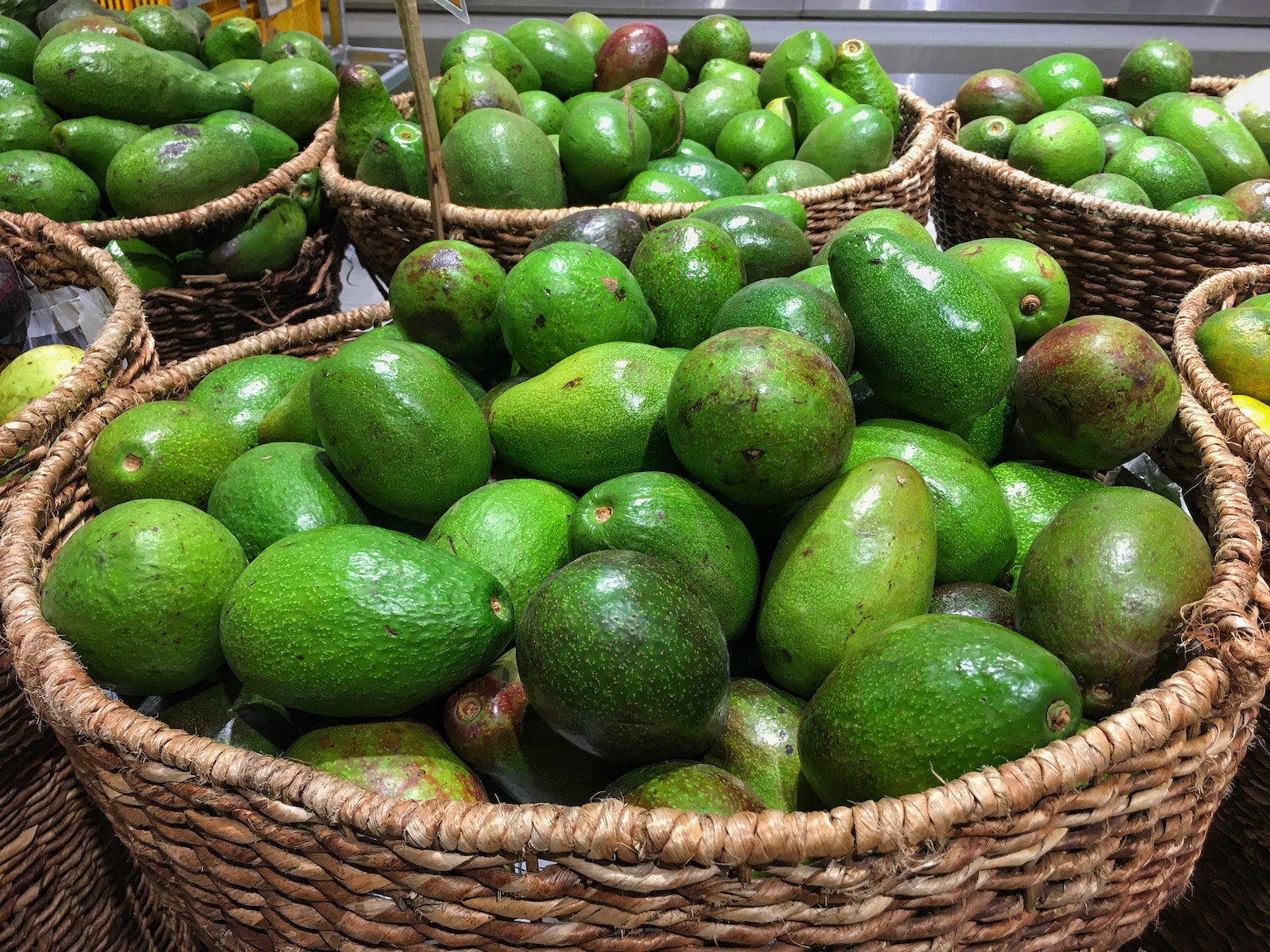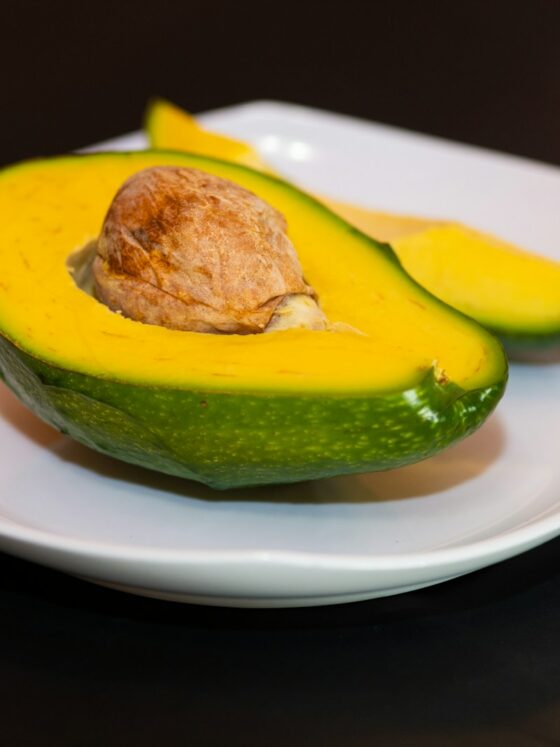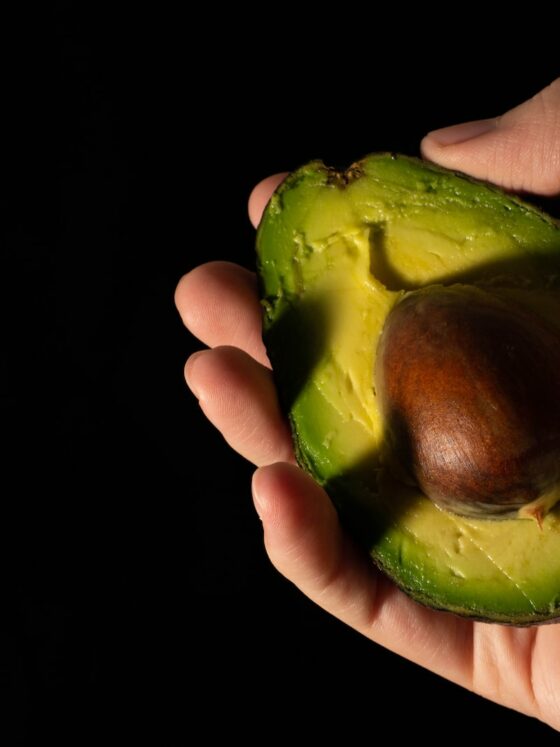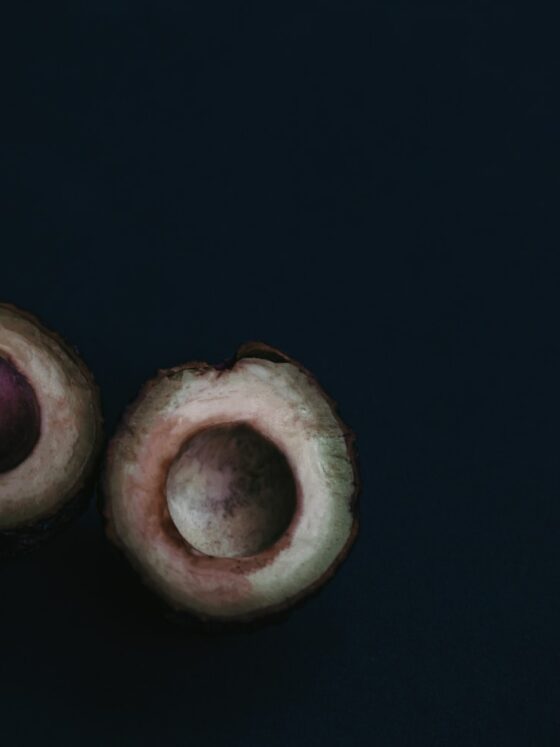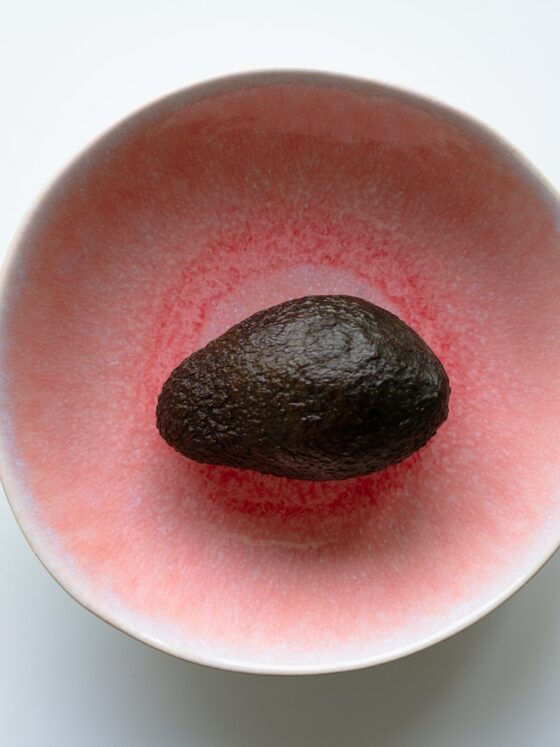Avocado is a popular fruit that is used in many dishes, including guacamole, salads, and sandwiches. However, it can be challenging to know when avocados are in season, especially if you live in an area where they are not grown. Avocado season varies depending on the region, climate, and production.
Avocado season in California, the largest producer of avocados in the United States, starts in February and lasts until September. The peak season is from April to July. In Florida, avocado season runs from June to February, with the peak season from July to September. Hawaii has two avocado seasons, one from January to March and the other from August to November. Australia, New Zealand, and South Africa have avocado seasons from August to February. The best time to buy ripe avocados is during their peak season, as they will be fresher and more flavorful.
Knowing when avocados are in season is essential if you want to enjoy their creamy flavor in various recipes. It is also important to know how to choose, store, and cut them properly to get the most out of this delicious fruit. By understanding avocado season and following a few simple tips, you can enjoy avocados at their best and add them to your favorite dishes all year round.
Table of Contents
Understanding Avocado Seasonality
Avocado seasonality varies depending on the region, and it is important to understand when and where avocados are in season to ensure that you are buying ripe and fresh avocados. In this section, we will discuss the global avocado seasons and the peak seasons by region.
Global Avocado Seasons
Avocados are available year-round in most parts of the world, but the peak season varies depending on the region. Mexico is the largest producer of avocados, and the peak season for Mexican avocados is from November to February. California is the second-largest producer of avocados, and the peak season for California avocados is from April to September.
Other major avocado producers include Hawaii, Australia, South Africa, New Zealand, Chile, and Peru. The peak season for avocados in these regions varies, but they generally produce avocados from spring to fall.
Peak Seasons by Region
In the United States, California and Florida are the largest producers of avocados. California avocados are in season from April to September, while Florida avocados are in season from June to January.
In Australia, avocados are in season from March to January. In South Africa, avocados are in season from June to October. New Zealand avocados cultivated for export are in season from August through March.
In Mexico, the peak season for avocados is from November to February. In Chile, the peak season for avocados is from September to March. In Peru, the peak season for avocados is from May to September.
It is important to note that the peak season for avocados can vary depending on weather conditions and other factors. Therefore, it is always best to check with your local grocery store or farmer’s market to find out when avocados are in season in your area.
Avocado Varieties and Their Seasons
Avocado is a fruit that is loved by many people around the world, and it comes in different varieties. Each variety has its unique flavor, texture, and season. In this section, we’ll take a closer look at the various avocado varieties and their seasons.
Hass Avocado Season
The Hass avocado is one of the most popular avocado varieties in the world. It has a smooth, creamy texture, and its skin is dark green to black when ripe. The peak season for Hass avocados is from late winter to early summer, which is around February to July.
Fuerte Avocado Season
The Fuerte avocado has a nutty flavor and a green, smooth skin. It is a medium-sized avocado that is known for its high oil content. The peak season for Fuerte avocados is from late fall to early spring, which is around November to March.
Bacon and Zutano Seasons
Bacon and Zutano avocados are two varieties that have a warm climate preference. Bacon avocados have a smooth, pebbly skin and a mild flavor, while Zutano avocados have a bright green skin and a slightly nutty taste. The peak season for Bacon and Zutano avocados is from late fall to early spring, which is around November to March.
Reed and Pinkerton Seasons
Reed and Pinkerton avocados are two varieties that have a creamy texture and a mild flavor. Reed avocados have a green skin that turns black when ripe, while Pinkerton avocados have a smooth, green skin. The peak season for Reed and Pinkerton avocados is from late spring to early summer, which is around May to July.
Shepard Avocado Season
Shepard avocados have a unique flavor that is both nutty and buttery. They have a green to dark purple skin and a pebbly texture. The peak season for Shepard avocados is from late summer to early fall, which is around August to October.
In summary, avocado varieties have different seasons, and it’s essential to know when each variety is at its peak season to enjoy its flavor and texture. Whether you prefer the nutty flavor of Fuerte or the creamy texture of Hass, there is an avocado variety for everyone to enjoy.

Cultivation and Harvesting Practices
Growing Conditions
Avocado trees require specific conditions to grow and produce high-quality fruit. They grow best in warm, frost-free climates with well-drained soil and plenty of sunshine. The ideal temperature range for avocado trees is between 60°F and 85°F, and they require at least 1 inch of water per week. Avocado trees are also sensitive to strong winds, which can damage the fruit and leaves.
To produce fruit, avocado trees require cross-pollination from other avocado trees. Bees and other insects are the primary pollinators for avocado trees, so it’s important to have a diverse range of flowering plants nearby to attract them.
Harvesting Techniques
The timing of avocado harvesting is crucial to ensure the best quality fruit. Avocado trees typically produce fruit from late winter to early summer, depending on the variety and location. The fruit is ready to harvest when it reaches its full size and the stem begins to loosen from the tree.
When harvesting, it’s important to handle the fruit carefully to avoid bruising or damaging the skin. The fruit should be picked by hand, using a twisting motion to separate it from the stem. It’s also important to harvest the fruit during cooler temperatures, ideally when the air temperature is below 85°F, to avoid damage to the fruit.
In conclusion, avocado cultivation and harvesting require specific growing conditions and techniques to produce high-quality fruit. The trees need a warm, frost-free climate with well-drained soil, plenty of sunshine, and regular watering. Cross-pollination is also necessary for fruit production. Harvesting should occur when the fruit reaches its full size and the stem begins to loosen from the tree. The fruit should be picked by hand and handled carefully to avoid damage.
Enjoying Avocados
Avocados are a versatile fruit that can be enjoyed in many different ways. Here are some tips on how to select, store, and prepare avocados to get the most out of avocado season.
Selecting and Storing Avocados
When selecting avocados, look for ones that are ripe and ready to eat. Ripe avocados should be slightly soft to the touch but not mushy. The color of the avocado skin can vary depending on the variety, but it should be consistent and not have any dark spots or bruises.
To speed up the ripening process, place avocados in a paper bag with a ripe banana or apple. This will help release ethylene gas, which will help the avocado ripen faster. Once ripe, avocados can be stored in the refrigerator for a few days to extend their shelf life.
Preparing Avocado Dishes
Avocados can be used in a variety of dishes, from salads and guacamole to smoothies and dips. To prepare an avocado, cut it in half lengthwise and twist the two halves apart. Remove the pit by gently prying it out with a spoon.
To remove the flesh from the skin, use a spoon to scoop it out. If you want to use the avocado in a puree or smoothie, you can also scoop it out with a spoon and place it in a blender.
When making guacamole or other avocado dips, consider adding ingredients like tomato, garlic, and lime juice to enhance the flavor. For a buttery flavor and smooth consistency, use Hass avocados.
Avocados are also a great source of vitamins and fiber, making them a healthy addition to any dish. When using avocados in recipes, consider using them as a replacement for butter or oil to make the dish healthier.
Overall, avocados are a delicious and nutritious fruit that can be enjoyed in many different ways. By following these tips for selecting, storing, and preparing avocados, you can make the most of avocado season and enjoy fresh, flavorful dishes.

